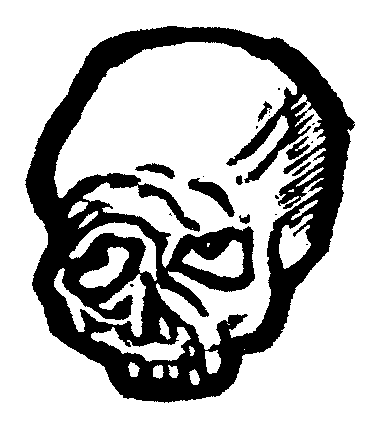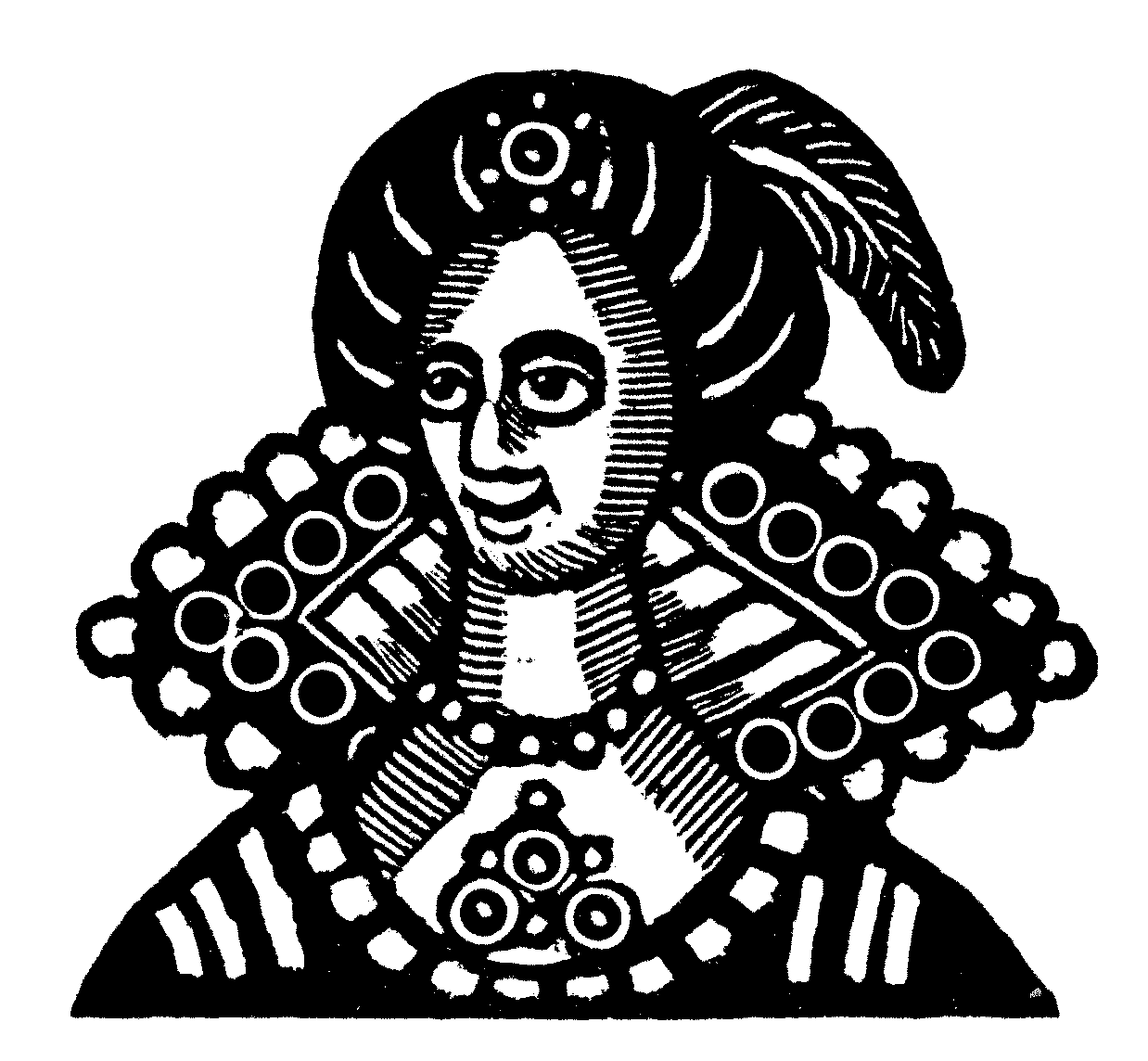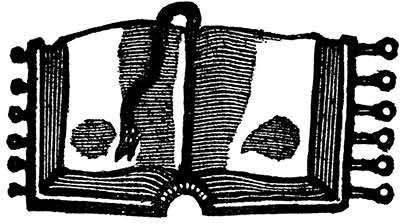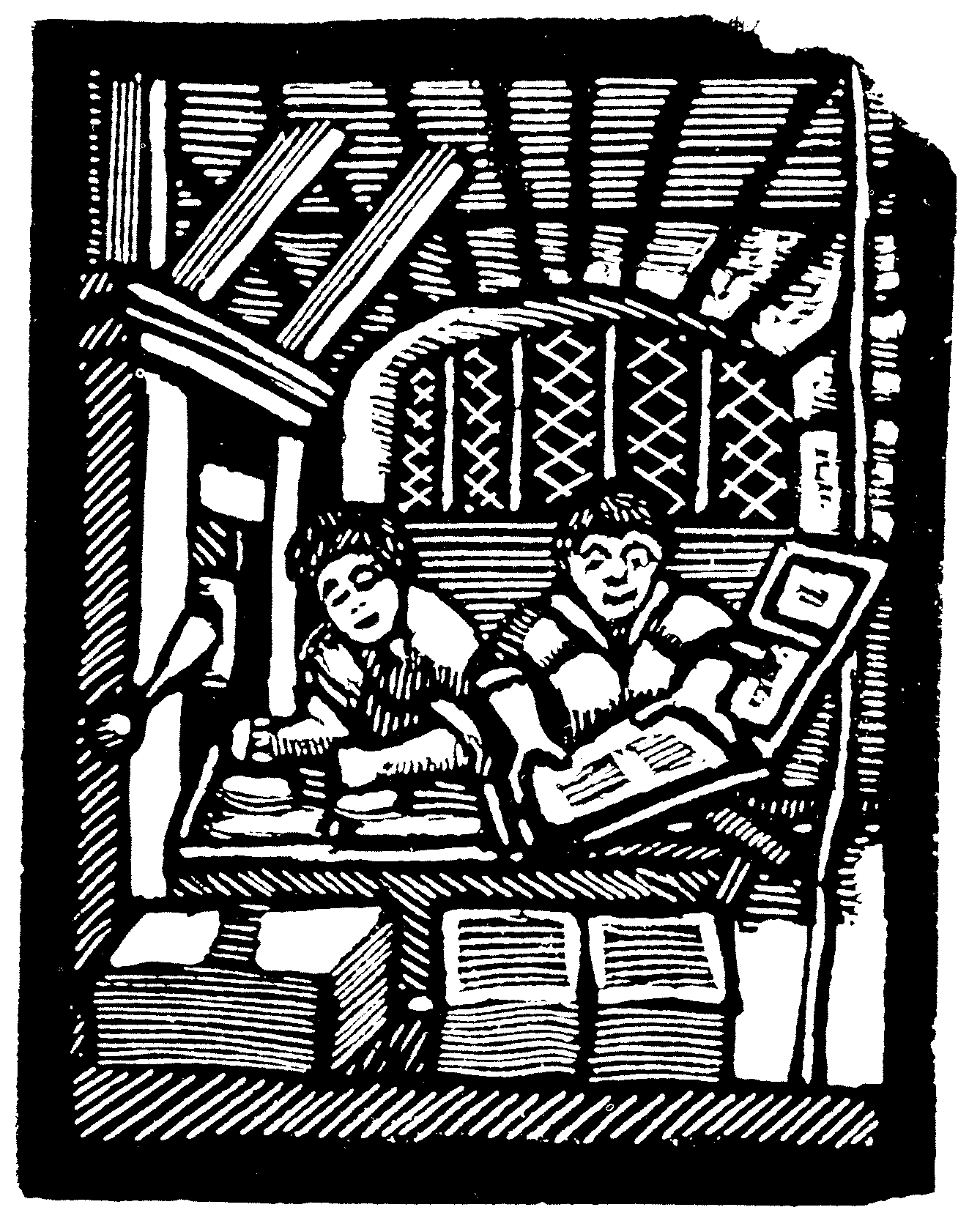Chap Book 2–Toil and Trouble
A GRANITE BAY DESIGN MICROSITE![]() WOODCUTS BY JOSEPH CRAWHALL
WOODCUTS BY JOSEPH CRAWHALL
The Witch’s Song BY WILLIAM SHAKESPEARE
“Double, double toil and trouble; fire burn and cauldron bubble.”

[FROM MACBETH]
Round about the cauldron go:
In the poisoned entrails throw.
Toad, that under cold stone
Days and nights has thirty-one
Sweated venom sleeping got,
Boil thou first i’ the charmed pot.
Double, double toil and trouble;
Fire burn and cauldron bubble.
Fillet of a fenny snake,
In the cauldron boil and bake;
Eye of newt and toe of frog,
Wool of bat and tongue of dog,
Adder’s fork and blind-worm’s sting,
Lizard’s leg and owlet’s wing.
For a charm of powerful trouble,
Like a hell-broth boil and bubble.
Double, double toil and trouble;
Fire burn and cauldron bubble.
Scale of dragon, tooth of wolf,
Witch’s mummy, maw and gulf
Of the ravin’d salt-sea shark,
Root of hemlock digg’d i’ the dark,
Liver of blaspheming Jew;
Gall of goat; and slips of yew
Sliver’d in the moon’s eclipse;
Nose of Turk, and Tartar’s lips;
Finger of birth-strangled babe
Ditch-deliver’d by a drab,
Make the gruel thick and slab:
Add thereto a tiger’s chaudron,
For the ingredients of our cauldron.
Double, double toil and trouble,
Fire burn and cauldron bubble.
Cool it with a baboon’s blood,
Then the charm is firm and good.

When I Was Fair and Young
by Queen Elizabeth I
When I was fair and young, then favor graced me.
Of many was I sought their mistress for to be.
But I did scorn them all and answered them therefore:
Go, go, go, seek some other where; importune me no more.
How many weeping eyes I made to pine in woe,
How many sighing hearts I have not skill to show,
But I the prouder grew and still this spake therefore:
Go, go, go, seek some other where, importune me no more.
Then spake fair Venus’ son, that proud victorious boy,
Saying: You dainty dame, for that you be so coy,
I will so pluck your plumes as you shall say no more:
Go, go, go, seek some other where, importune me no more.
As soon as he had said, such change grew in my breast
That neither night nor day I could take any rest.
Wherefore I did repent that I had said before:
Go, go, go, seek some other where, importune me no more.


ABOUT THE WOODCUT ILLUSTRATIONS:
Quaint Woodcuts In The Chap Book Style by Joseph Crawhall

The artwork in these pages are by Joseph Crawhall (1821-1896). The style is called “chap book.” Crawhill was a member of an old and unusually gifted family of Newcastle-upon-Tyne, the largest city in the northeastern English county of Northumberland. His father, also named Joseph (1793- 1853), started a successful rope factory, and was mayor in 1849-50. A self-taught writer and artist (though he is said to have learned lithography from the inventor of the medium, Aloys Senefelder), this elder Joseph Crawhall illustrated his own 1827 publication Grouse Shooting Made Quite Easy to Every Capacity, an early example of the family’s preoccupation with wildlife.

About “Chap Books”
A chapbook is “a small book or pamphlet containing poems, ballads, stories, or religious tracts” (dictionary) The term is still used today to refer to short, inexpensive booklets. The context I am using it in is that of the Early Modern period in England. Chapbooks were small, cheaply produced books, most often octavo or duodecimo printings of twenty-four pages, sold without a cover. Pamphlets were similar to chapbooks, but they can be divided by their content. Pamphlets generally concerned matters of the day, such as politics, religion, or current events. Chapbooks were timeless books of jest and tales that often sprang out of folklore. Chapbooks were so called because they were sold by peddlers known as chapmen. Chap comes from the Old English for trade, so a chapman was literally a dealer who sold books. Chapmen would carry boxes containing the conveniently sized editions, either in town on street corners, or traveling through the countryside. They typically sold their wares for twopence or threepence, and stocked a large variety of titles. Among the types of content contained in chapbooks were romantic tales of chivalry, religious and moral instruction, cookbooks, guides to fortune telling and magic, and bawdy stories full of innuendo.

All of the art was scanned from the book “Quaint Woodcuts in the Chap Book Style” by Joseph Crawhall.
